
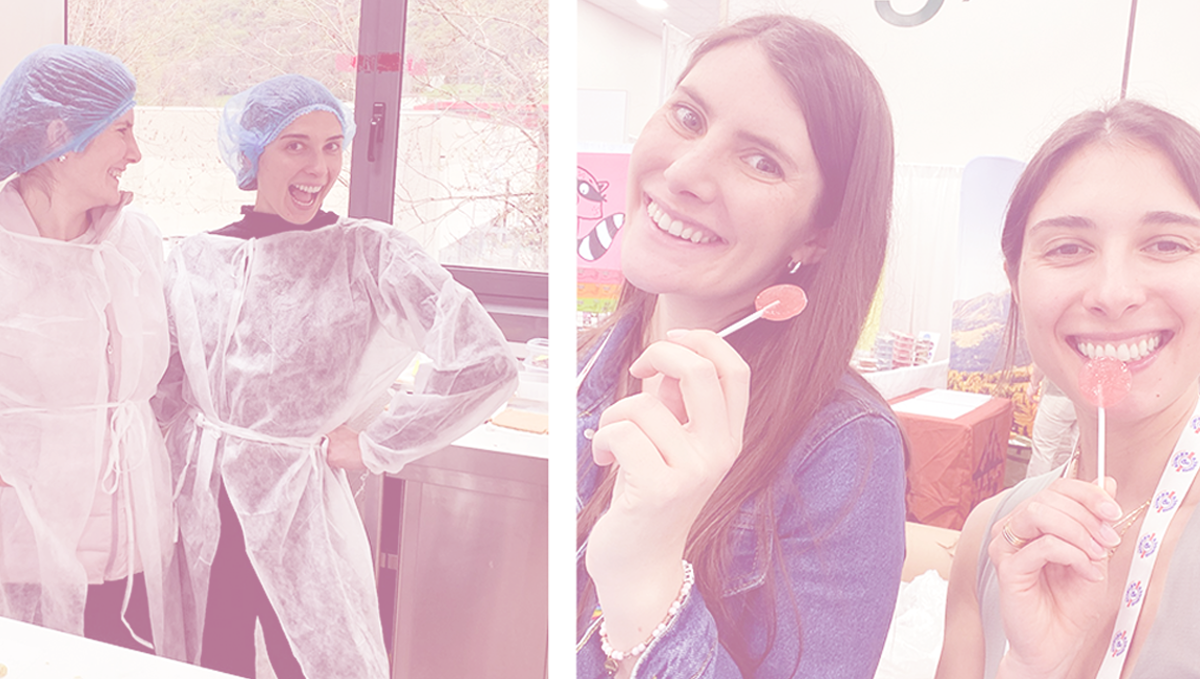



We met in college while studying Food Science and even worked in a candy laboratory together. We became fast friends, always dreaming of starting a company of our own.


We started Tazzy by making hard candies and lollipops in small 80lb batches! Over the years we have expanded our treats, and today we have a range of decadent chocolate coated confections.
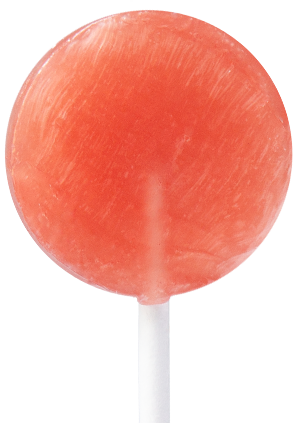
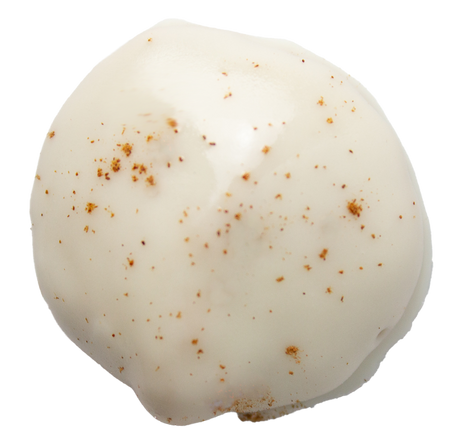

We craft our cookies to have that high-end bakery taste and feel. But, we sell them in convenient packaging, and we package them up into single serving bags so you can enjoy without restraint!
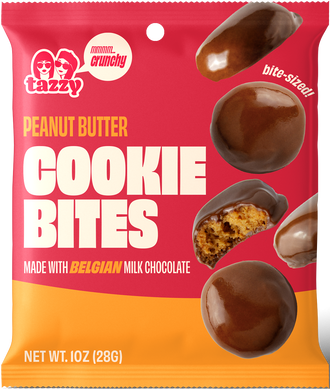

Metastatic Breast Cancer (Stage IV) is a disease that is close to our hearts. Our fight to find a cure was inspired by two friends who were diagnosed with MBC, and who we have since lost to this disease. Tazzy donates 1% of net revenue to MBCure, a family-driven nonprofit striving to revolutionize the Metastatic Breast Cancer (MBC) landscape by contributing 100% of net proceeds to research, awareness, education, and access efforts.
We also sponsor an annual gala in Philadelphia each year that raises money for the cause. The photos shown here were taken at galas in years past.

Co-Founder
TREAT OF CHOICE...
Dark Chocolate Shortbread Cookie Bites
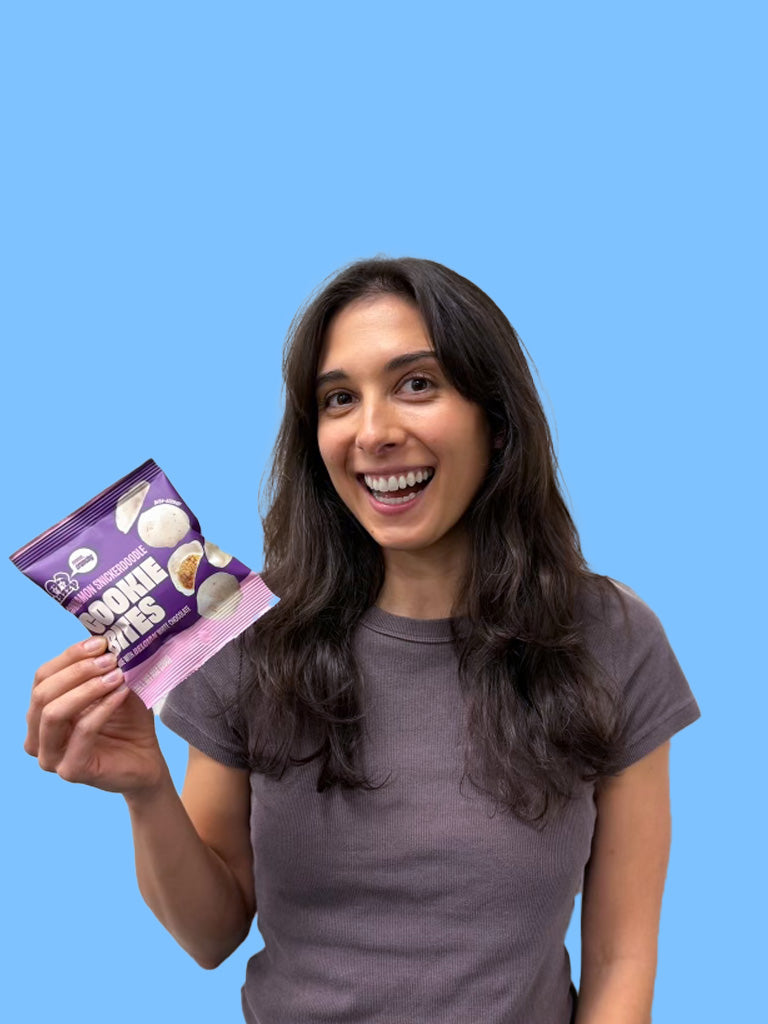
Co-Founder
TREAT OF CHOICE...
White Chocolate Snickerdoodle Cookie Bites
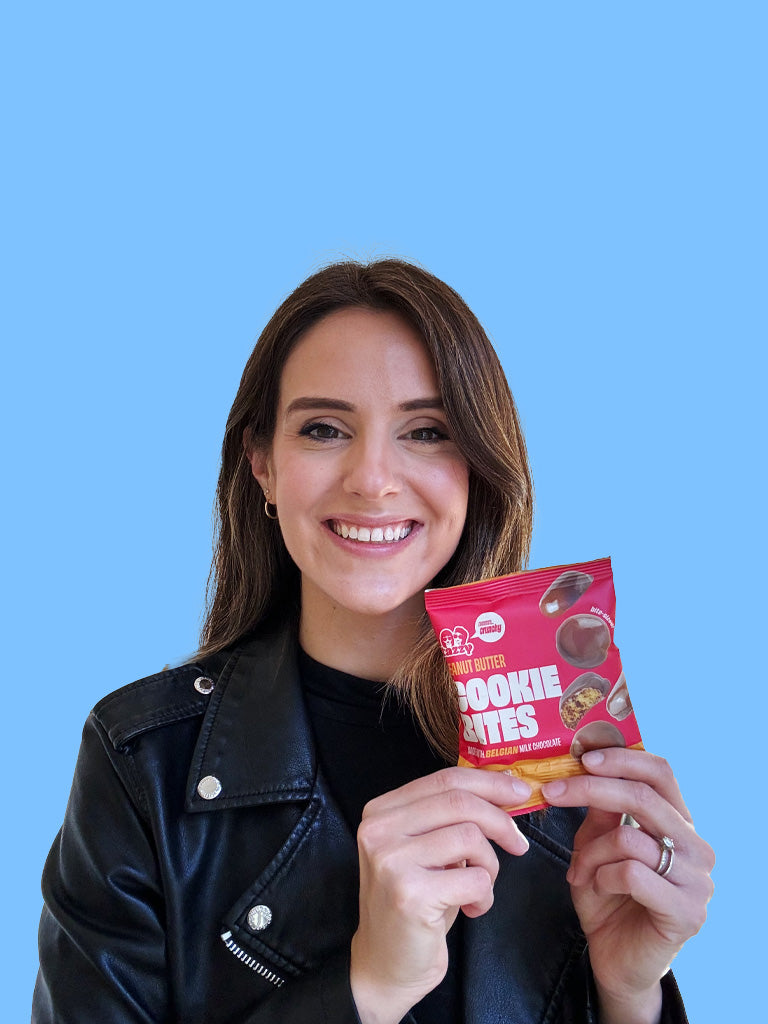
Creative Director
TREAT OF CHOICE...
Milk Chocolate Peanut Butter Cookie Bites
Your cart is currently empty.